IB Expo 2011 - Halmstad, Sweden
 Thursday, November 3, 2011 at 2:03AM
Thursday, November 3, 2011 at 2:03AM 
October 30, 2011 -- Iceland
I am just leaving the ground on my Iceland Air flight from Reykjavik to Seattle. Listening to Alice Coltrane’s “Journey in Satchidananda” on the Iceland Air in-flight audio system. An amazing collection of recordings available on this flight: “Love Supreme”, “Bitches Brew”, Ligeti, Arvo Part, múm, Queen, Willie Nelson…you name a style and it is probably represented here by the cream of it’s crop. I’ve never heard an Alice Coltrane recording before. Never was interested, I suppose. But this one is pretty cool. With Charlie Haden and Pharoh Saunders. And wild harp arppegios on several tracks that I am enjoying. Very free and spacious.
I was just in Sweden for a week with the IB Expo 2011. IB stands for Isidur’s Bane, the name of a music group based in Halmstad, Sweden. (Not International Bride, as some youtube clips would lure you into believing.) The IB Expo’s have been going for several years and I am now a complete convert. The basic idea is that IB brings in a group of very different musicians to work with them, and each other, for a full week of intensive rehearsing/arranging/writing followed by a concert on the Saturday night. My buddies Pat Mastelotto, Adrian Belew, Tony Levin, Jerry Marotta, Markus Reuter and Marco Minnemann have all participated in the past. So, now I am in the club.
This year therre were 14 musicians in total:
Morgan Ågren - drums
Jakko Jaksyk - guitar
Trey Gunn - touch guitar
Jana Arns – flute (of Aranis)
Liesbeth Lambrecht – violin (of Aranis)
Joris Vanvinckenroye - double bass (of Aranis)
Klas Assarsson - vibes, marimba
Axel Cronè - electric bass
Mats Johansson – keyboards
Katrin Amsler – prepared piano and noise makers
Samuel Hallkvist - guitar
Christian Saggese - guitar
Luca Calabrese - trumpet
Kjell Severinsson - drums
It was a very intense week. The first two days were quite anxiety producing for nearly everyone. Or so it seemed to me. Each person came with about 20+ minutes of music to present to the group at large. Then we would arrange the material and decide who would play on what. We had very wide array of musicians and instruments. Some could sight read like mofo’s. Some couldn’t read at all. Some had many years (if not decades) of experience with improvisation, while others had none. So presenting the music generally stretched everyone well beyond their comfort zone.
For myself, the challenge was the difficulty of some of the pieces -- and I have played some hard stuff. Though not the kind of “hard” that we are talking about here. The Belgian trio, Aranis, had some wonderfully beautiful and exciting pieces that I really wanted to find my way into playing. But, man, it took some serious sight reading chops. While I am very good reader and use notation all the time, the level of sight reading needed was way beyond me. I was astonished by two of the player’s capacity to pull this off. Christian Saggese an Italian guitar player and Axel, a Swedish bass player who doubled on Sax and Clarinet. (Axel is only 19 and it turns out, Saturday was his first real gig! This guy has some future ahead of him.) Following on from those two was Luca, an Italian trumpet player. Though you do, kind of, expect a trumpet player to be a good reader. However these three were largely able to just sit down and deliver the parts without hours of decoding and practice. Which was what I was going to need in order to just be adequate.
Here is the first page of the electric guitar part from “Noise” by Joris of Aranis. Sure with enough prep time, it could have been pulled off, but…with Christian just nailing it and turning it into music within minutes, my energies were best spent else where.
Then we had the Isidur’s Bane pieces. These were highly intricate pieces with the phrases constantly changing and mutating. Some of the pieces were reminiscent of Zappa’s style of composition. Lot’s of unison melodies and every single section ended with a different phrase and rhythmic variation. Oh….and the scores were shit! (Sorry guys, but you know it’s true.) The scores were more fragments and pieces of the pieces. So it was down to lot’s of listening and finding my way in. Which, at first, I thought I would not be able to do. But by the third day a couple of the tunes were getting into my system and I could find places to contribute amidst places to lay out.
Here is a clip of our rehearsal of IB’s "Magnificent Giant Battles"
And then we added a piece by the Zappa himself: “Uncle Meat.” This is the first Zappa piece I have ever played. It was kind of bizarre, as most of the players had played tons of Zappa over the years. But not me. I suppose it is down to my relationship to his material, really. Which is one more of respect of the craft rather than real love of the music. However this was a true learning experience for me. And is probably going to alter my idea of what kinds of material should be in the young musician’s canon.
My part in “Uncle Meat” was not hard at all. In fact it was one of the easiest parts I had for the concert. ¾ time, simple chords on the downbeat. But then, there were the phrases and groupings of chords that were quite unconventional. The first motif was 6 bars long, repeated. The second was 7 bars with a two bar tag. The third was 5 bars long. The fourth, 4 bars repeated three times. Then a tag of 5 bars. Repeat from the top. Not having any of these melodies in my ear, like most every else here, made it hard to follow the flow of the music. Then you add in what the melody is doing. The phrases are often resolving in funny places in the bar. And the rhythmic aspects, while not going as far off the deep end as a lot of Zappa, still have some strange 16th note patterns and mixtures of triplets that just aren’t in my normal vocabulary.
Here is our rehearsal run through of Zappa’s “Uncle Meat”
So, adding all of this in with my own task of trying to arrange the pieces I brought – which are largely improvisational – made for a fair bit of stress for the first few days. Happily, I was not alone. I think everyone was having their own struggles. It all got much clearer as the week moved forward.
- - -
The pieces I brought were “Absinthe”, that I play with Pat in TU. “5th Spin of the Sun” from the cd “Music for Pictures”, that TU has also begun performing. “Jacaranda” from KTU. And “Invisible Rays” from the upcoming cd with Morgan Agren and Henry Kaiser.
What was interesting about all four of these pieces is that they are basically just templates that the given musicians can utilize to build a performance out of. I have no attachment to any of the arrangements of them – they can work in any number of ways and all is dependent on who is playing them. Which means that the musicians present need to just “play” them for a bit to find their own way of taking them on and letting them grow into something.
This is quite opposite to the approach of bringing in a completed piece and saying “play this.” So I think it was somewhat confusing for the players who are used to that more traditional mode of working. It was also challenging for me as I had to score out all of these riffs that are largely stored in my body but not completely intellectualized for discussion and dissemination.
“Absinthe” went very well and I asked Luca play the first solo on trumpet – very nice! I took the second solo. Nearly everyone played on this piece so it was a BIG sound. We had it down in about 30 minutes.
“Jacaranda” we didn’t get to until the sound check, where Morgan and I got Katrine to join us on a farfisa-ish organ sound -- sort of doing Kimmo’s accordion part. Super cool. This was put together in about 30 minutes.
Trey and Morgan discussing Jacaranda:
“5th Spin of the Sun” was really last on my list but everyone thought the riff was so heavy that they really wanted to play it. We put together a short form with some open bits which left room for something spontaneous to happen on stage. (Which it did!)
“Invisible Rays” was another story entirely. This piece was originally written and put together over a performance by Morgan Agren from the sessions we improvised with Henry Kaiser. Henry had the idea that I should take the drums from the end of our long improv and copy them to the front end of the same improv. And then write something new over it. À la the “Modulator” approach (a recording I made on top of Marco Minnemann’s 51 minute drum solo.) This is what I did. I wrote a new piece on top of Morgan’s drums and bookended this huge improv with it. Kind of made for partial composition with giant openness inside.
Anyway, the basic gist being that I put all these heavy riffs together without knowing any of the small scale rhythmic structures, or even much of which notes came where -- I just went with what my ear heard as good, and once it was done I moved on. But now I had to transcribe what was there if I wanted to present it to the IB group to play. So, firstly I dug into transcribing the piece as it is on the record. And…. there were some very strange phrases. Some of them tricky to notate and several time changes that I had had no awareness of. Plus nearly every phrase had a different kind of tag at the end.
Here is the original un-distilled score, direct from the recording:  -- click to enlarge --
-- click to enlarge --
I printed out the score and quickly realized that this wasn’t going to work. What I really had here was Morgan, Henry and Trey’s version of this musical idea. I needed to distill it down to its essence a bit and bring that into the group. So that’s what I did. I cleaned up some the strange time changes and made it more “square”, if you will. (Ok, it is barely square, but I made all the lines smoother and straighter where they could be.) Then I altered some of the various phrase endings so there was more repetition, making it easier to deliver quickly.
When I brought the distilled score in and we did a first run-through with the IB folks I realized that it was still a bit too convoluted. Even I was having a hard time playing all the phrases correctly – and I had no intention of sight reading this piece on stage. I wanted to be able to deliver it directly without a score. So, I went through the score again and did more streamlining.
But then we ran into the real tricky part: the form. I wanted to extend the version from the recording and have a large improv section in the middle, which returned to the top with these big, heavy riffs. I had an initial idea about how to expand the form but it wasn’t working in the rehearsals, and every time we did a run-through I changed the form because it didn’t sound right. Each change I made sounded better than the previous version, but we never ended up with the perfect form. I even made a last minute change at the sound check!
Now the weird thing about this is that when I am doing this kind of piece with Pat, in our duo TU, I can change the form on the fly. He is playing drums and I am the only guy making the big riffs. So, if it feels like a section should be longer then I extend it. If a section feels too long then I just cut it. I can make these assessments right there on stage in the spur of the moment. Letting the time, place, people and vibe determine the form. Which is super cool, rather unusual and I love doing it.
So having to pin down the structure was very tricky. But finally I found a version that I could settle with. I made a few extra chops at the sound check by cutting two sections by half. However, when we got into the actual performance of it during the show we all returned to the full version before the cut was made. ALL of us, right there in the moment. Because that was the right thing to do, in the moment. And that is how it works, ladies and gentleman. Musicians listening deeply and responding appropriately. I didn’t get to debrief with anyone about this after the show, so I don’t know if any of the other players were aware of this. Not that it matters. I am used to this kind of group mind and letting go of the form if the music demands something new.
The other addition to Invisible Rays was that I had three different players do solos over the big riffs. First Joris the double bassist, who plays way up high like a Belgian Banshee. Then Samuel, the bitching Swedish guitarist. And then finally, Jakko Jaksyk, who was always ready to contribute a solo to anyone’s piece and always did so with finesse and Grande Cajones! (We also performed several of Jakko's song and he sang a very moody version of the KC piece "Islands.)
Party time was had afterwards and early wakeup to get back to all of our homes.
Super great time had by all and would do it again in a heart beat.
More videos from the performance:
Intro
Joris solo double bass
Christian nailing the moodest version of Crimson's "Inner Garden"
Aranis "Noise"
Behind the scenes
 improvisation,
improvisation,  sweden
sweden 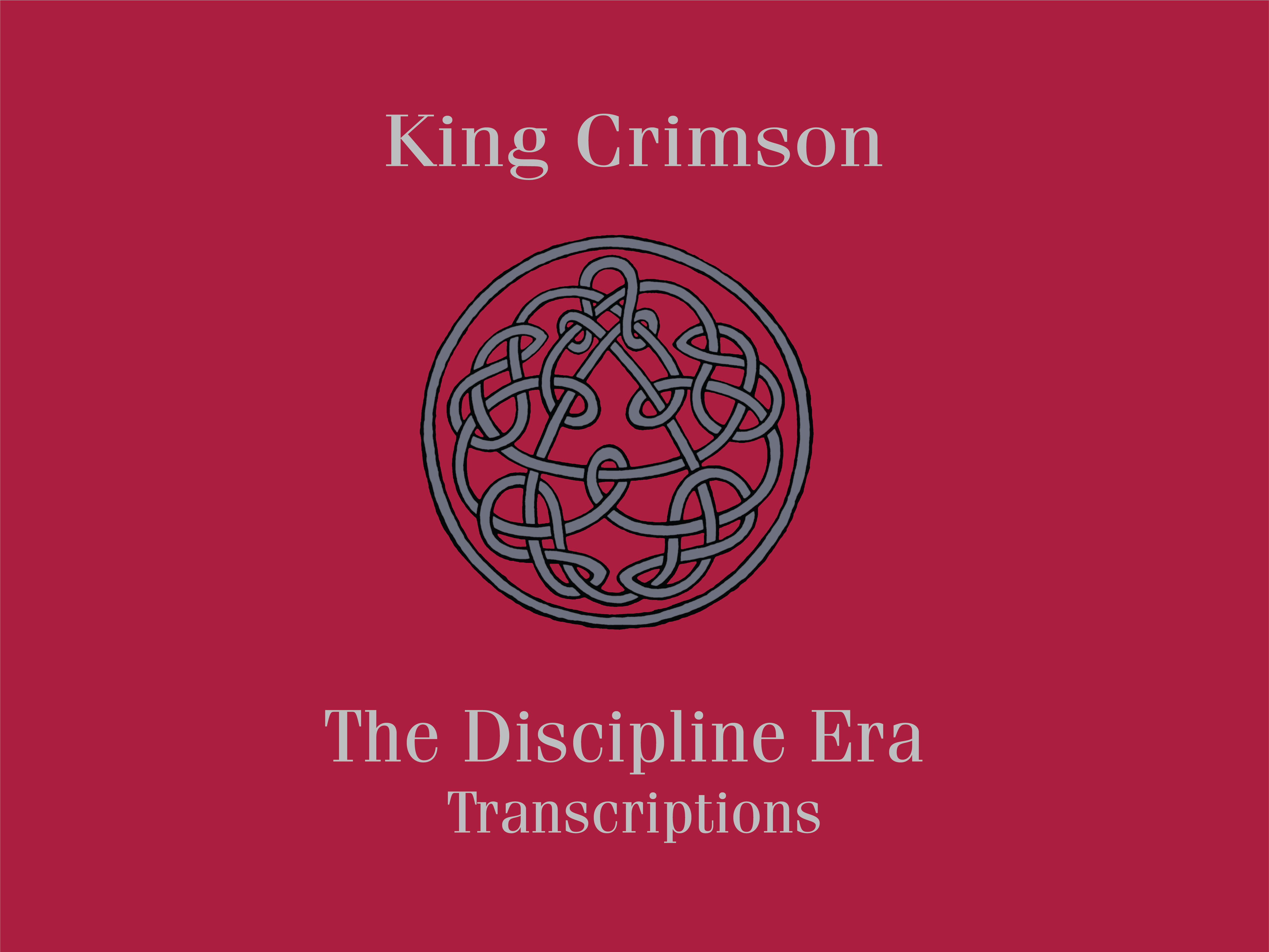
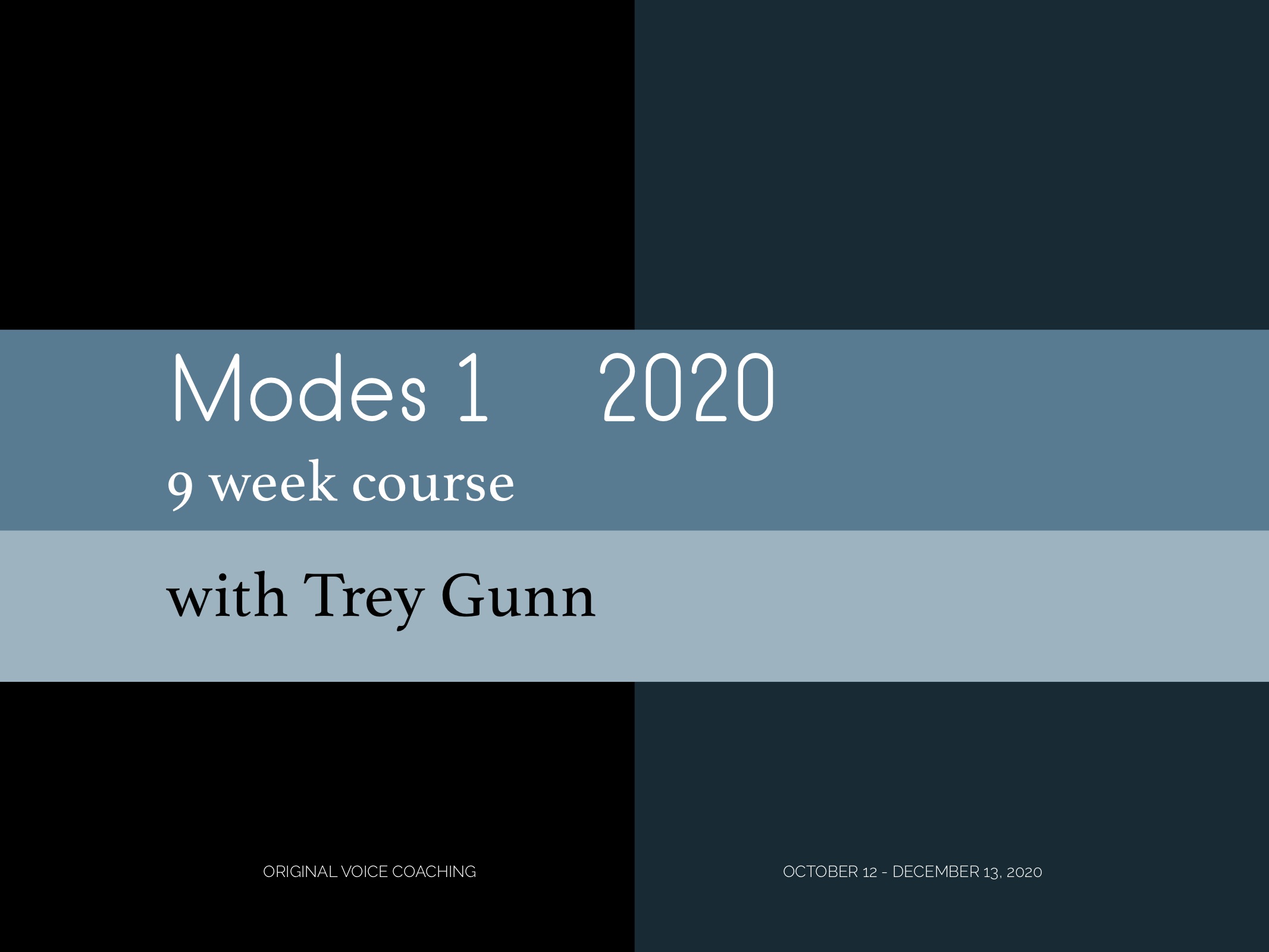
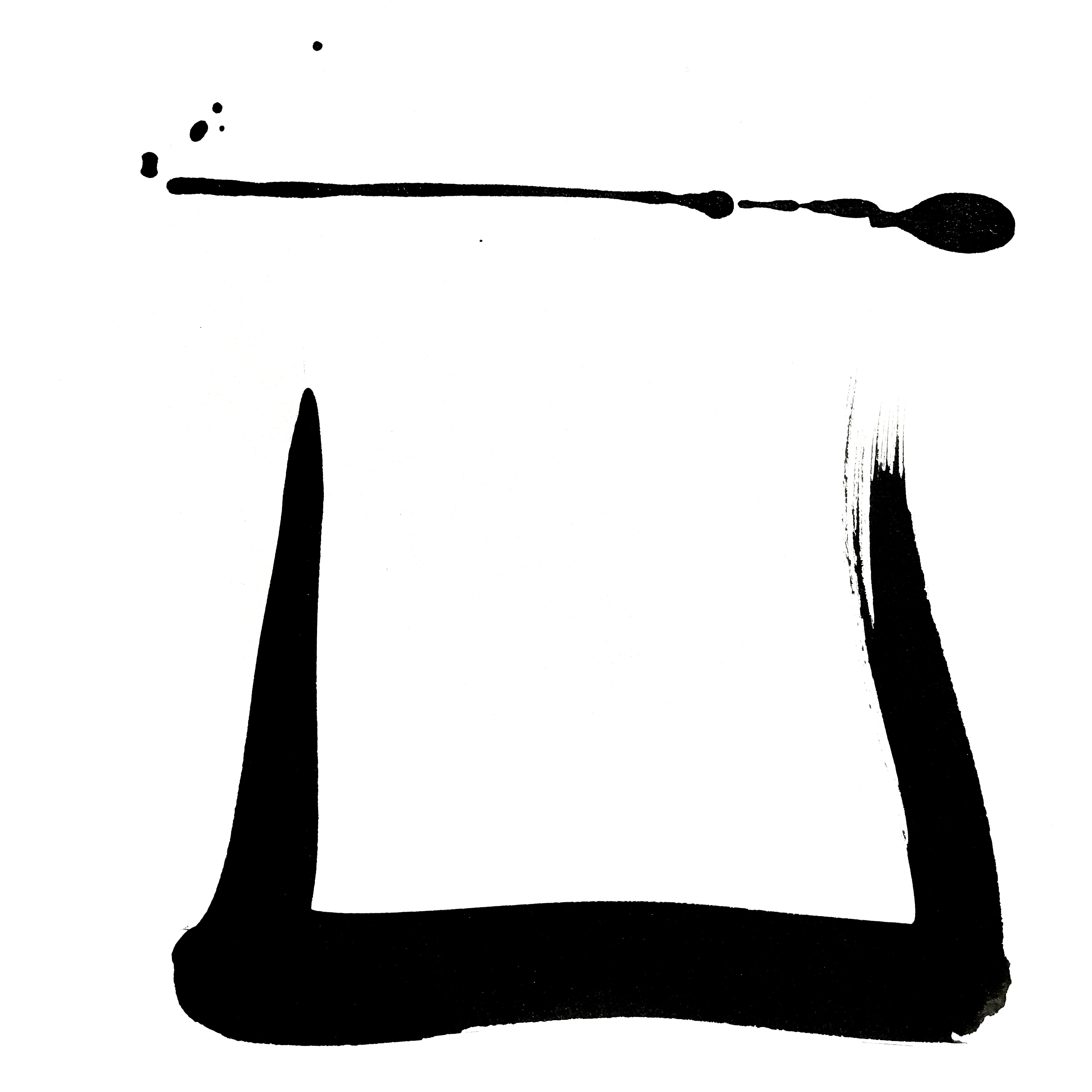
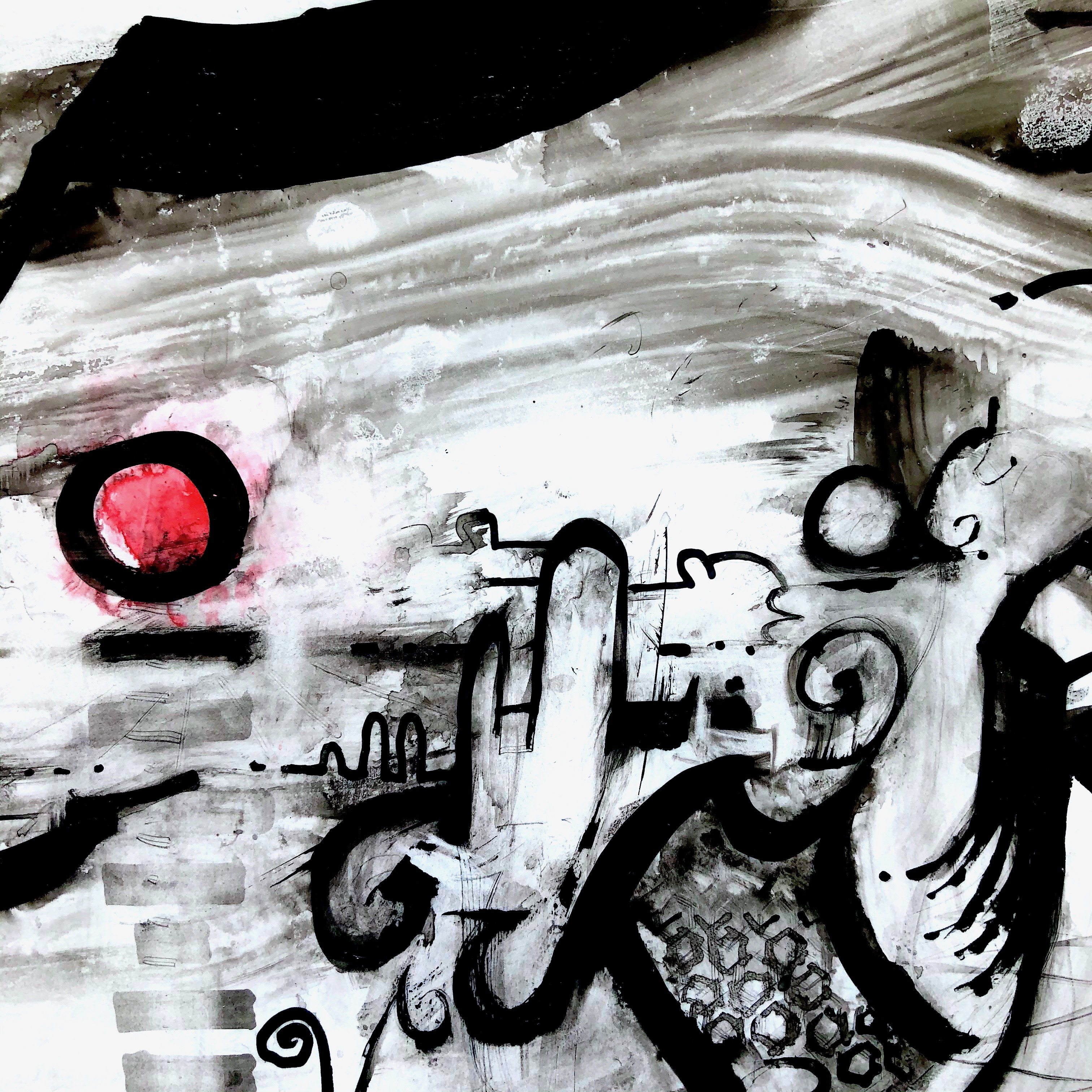
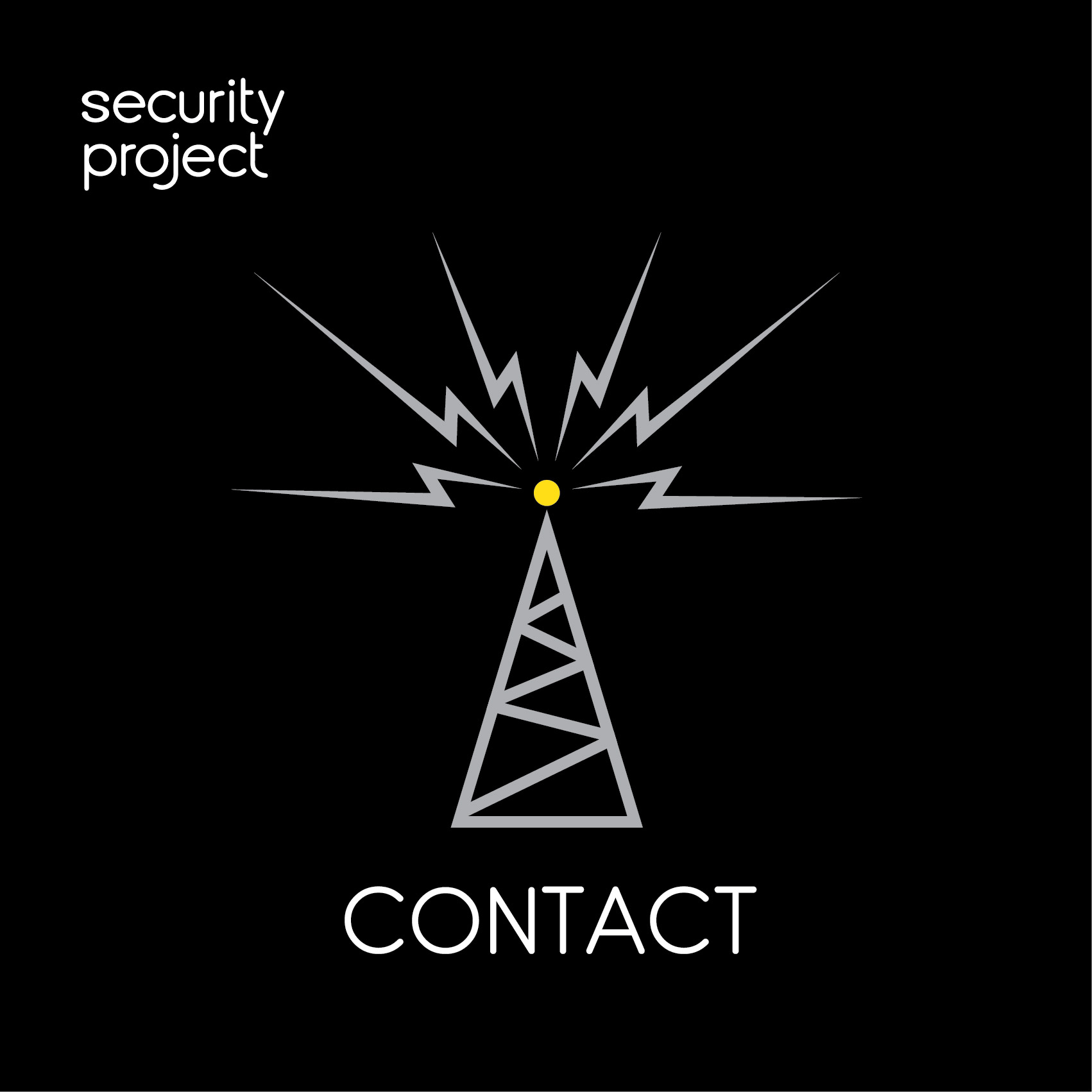
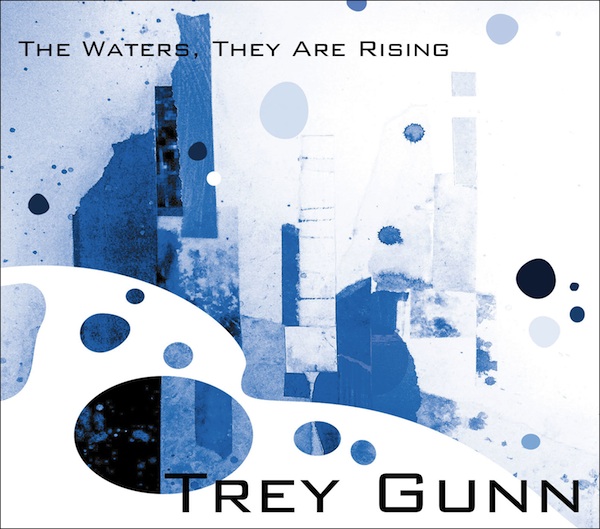
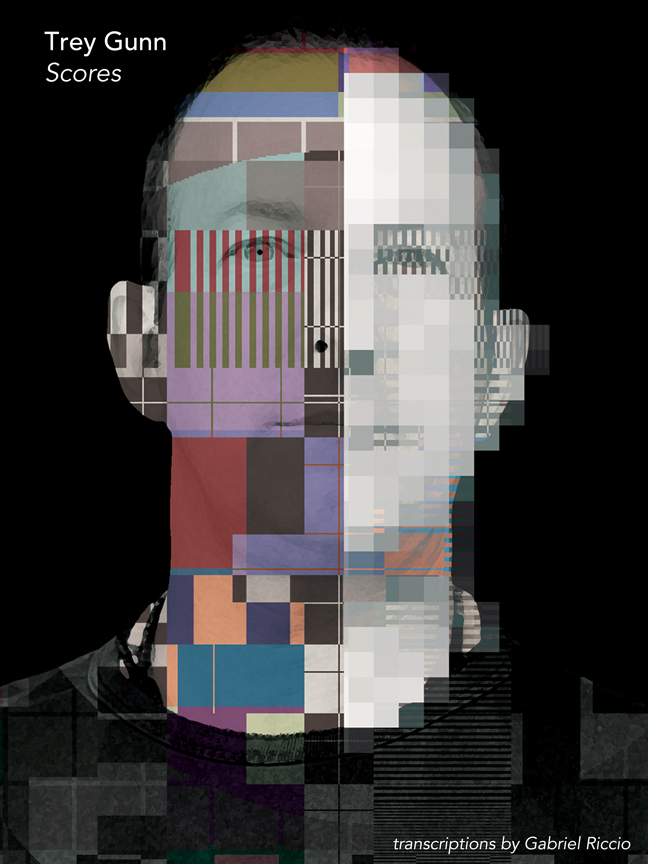
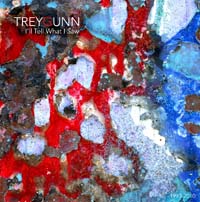
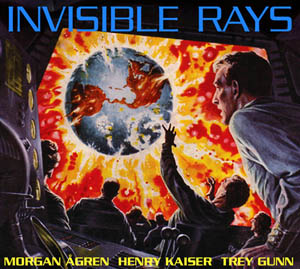


Reader Comments (2)
Sounds interesting. Will the full version of this concert be available?
Thanks for your most generous, kind and extensive report on IB Expo 11. It was a pleasure having you take part and I am looking forward to future collaborations.